HOME DESTINATIONS Gir
Girnar Hill
An ancient hill near the town of Junagadh, Girnar is famous for more than just the spectacular views. Come and discover the Ashoka edicts, Asia’s longest ropeway, and the Girnar Jain Temples.
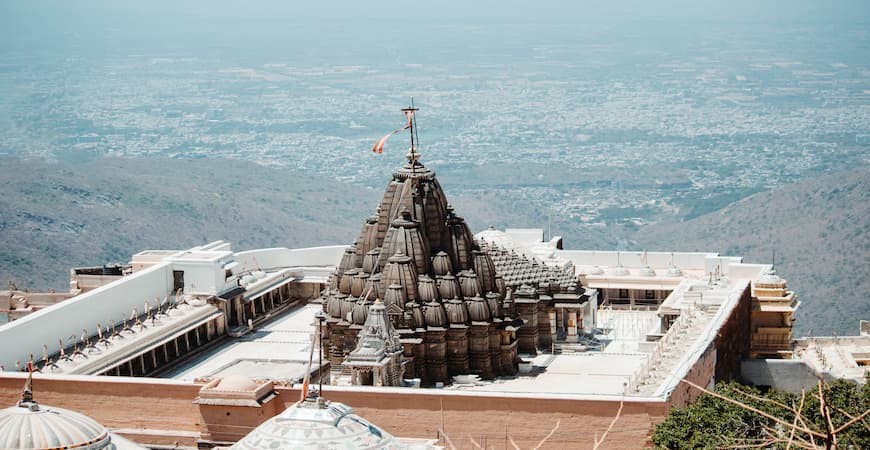
Standing tall at 3672 feet, Girnar is an ancient hill in Junagadh, covered with 866 Hindu and Jain temples that are spread over its summit. One has to climb 9999 steps to reach the final summit. It is said that Girnar Hill holds a special place for Hindu devotees. Dattatreya Paduka, an ancient temple located on the 9,999th step of Girnar Hill, is the most revered site for Hindus. Gorakshanath Temple and Amba Mata Temple are some other Hindu Temples that are worth visiting.
The main event for Hindus is the Maha Shivaratri fair held every year on the 14th day of the Hindu calendar month of Magha. At least 1 million pilgrims visit the fair to participate in pooja and parikrama of Girnar hill.
Jains on the other hand, call Girnar as Mount Neminath. Girnar Hill has been an important site for Jains since the 3rd century. The most significant temple here is the Tirthankara Neminath temple. It is dedicated to Bhagavan Neminath (the 22nd Jain Tirthankar). Historians say that Neminath became an ascetic in this temple when he saw the slaughter of animals for food on his wedding day. He renounced all worldly pleasures and came to Mount Girnar to attain salvation. There are several other Jain temples in the Girnar Hills such as the Baghwan Rishabhadev Temple, Mallinath Temple and Baghwan Parshwanath Temple.
Girnar Ropeway
Girnar ropeway on Mount Girnar is Asia's longest ropeway. It connects the base of the hill, which is known as Girnar Taleti, to Jain goddess Ambika’s temple with a 10-minute ride. The ropeway is 2,320 metres (7,600 ft) long, takes passengers 850 metres (2,800 ft) up the hill to the Ambika temple.
Ashoka Edicts
Ashoka famously converted to Buddhism and renounced violence soon after being victorious in a gruesome Kalinga War, filled with deep remorse for the bloodshed of the war. Ashoka's Major Rock Edicts were concerned with practical instructions in running a kingdom such as the design of irrigation systems and descriptions of Ashoka's beliefs in peaceful moral behavior. Fourteen of Ashoka's Major Rock Edicts, dating to circa 250 BCE, are inscribed on a large boulder that is housed in a small building located outside the town of Junagadh on Saurashtra peninsula in the state of Gujarat, India. It is located on Girnar Taleti road. An uneven rock, with a circumference of seven meters and a height of ten meters, bears inscriptions etched with an iron pen in Brahmi script in a language similar to Pali and date back to 250 BCE, thus marking the beginning of the written history of Junagadh.
Damodar Kund
Located at the foothills of the Girnar Hill, Damodar Kund is a sacred lake, most famous for the immersion of ashes, on par with the Holy Ganges and Triveni Sangam at Prayag. The lake is 257 ft long and 50 ft broad and only 5 feet deep. It is surrounded by a well-built ghat. South of the Damodara Kund is the Damodar Hari Temple. The idols here are supposed to have been installed by Vajranabha, the grandson of Lord Shri Krishna. Covering an area of 32 acres, the temple is constructed using pink sandstone. Devotees are seen taking a holy dip in the sacred bathing tank, Damodar Kund, before offering prayers at the temple. The Damodar Kund is closely attached to the life of Narsinh Mehta, the famous 15th century Gujarati poet and devotee of Krishna, who used to come to bathe at Damodar Kund and is said to have written many of his prabhatiyas (morning prayers), in the natural surrounding here at the Damodar lake, at the picturesque foothills of Girnar.
Good to Know :
Location: 72 km from Sterling Rudra Gir
Other Attractions

Gir National Park
1 hrThe only place in India where you can see the Asiatic Lion in the wild, a trip to the Gir National Park is a must do for wildlife lovers.
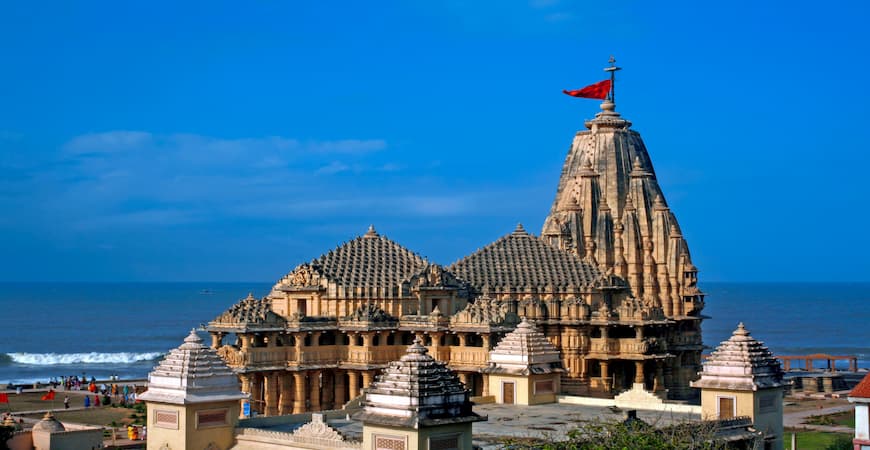
Somnath Temple
3 hrOften called the Pride of Gujarat, it is one of the most important pilgrimage sites for Hindus in India. It is believed to be the first among the twelve Jyotirlinga shrines of Lord Shiva.
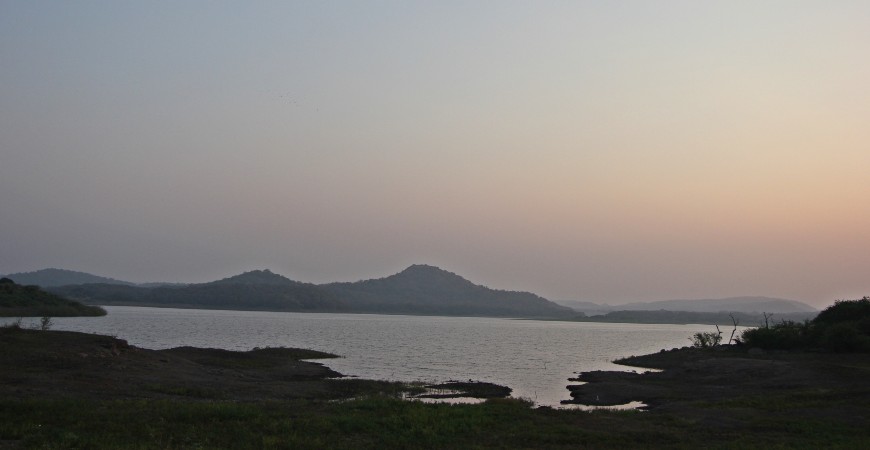
Kamleshwar Dam
1 hrKnown for its population of birds and mugger crocodiles, Kameshwar Dam is a sight to behold in Gir.
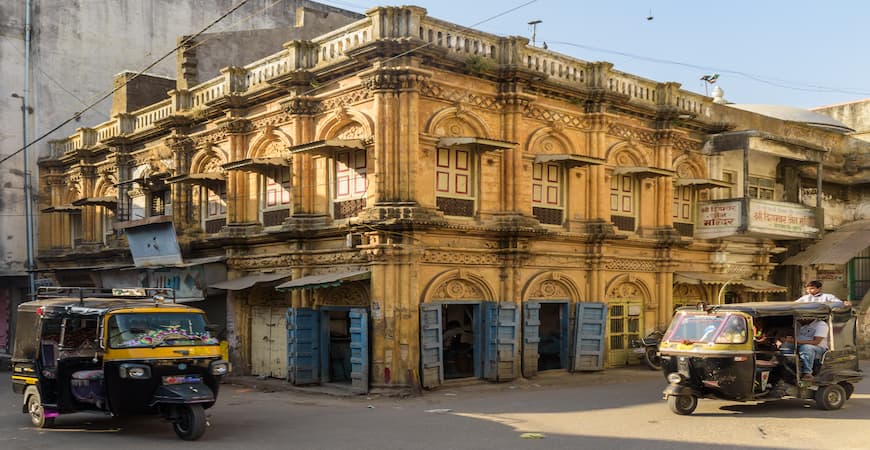
Durbar Hall Museum
2 hrsThe former palace of the Nawab of Junagadh has since been converted into a museum housing the prized possessions of the Junagadh Nawabs.
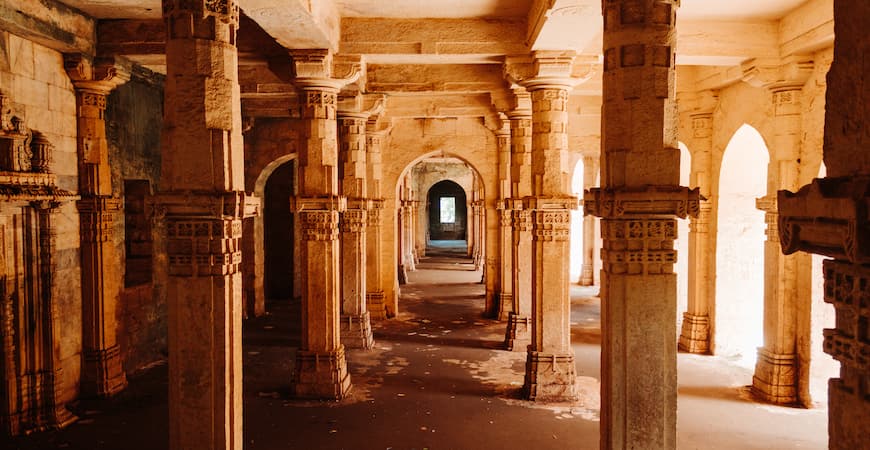
Uparkot Fort
2 hrsOne of the most interesting forts in Gujarat, the Uparkot Fort is said to have once withstood a 12-year siege. The fort is also famous for 2 stepwells – Adi Kadi Vav and Navghan Kuvo and the nearby Uparkot Caves, which are a part of the Junagadh Buddhist Cave Groups.
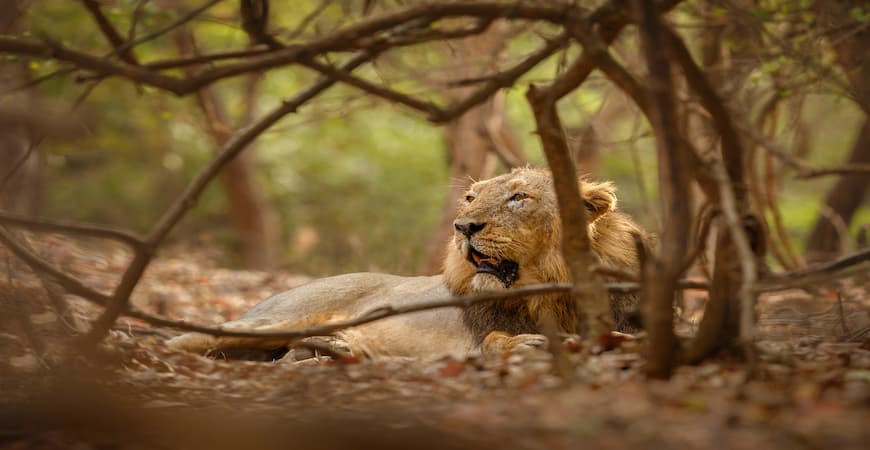
Kankai Mata Temple
2hrsSituated deep in the heart of the Gir Forest, the Kankai Mata temple is steeped in legend, and is a major holy site for Hindu pilgrims.
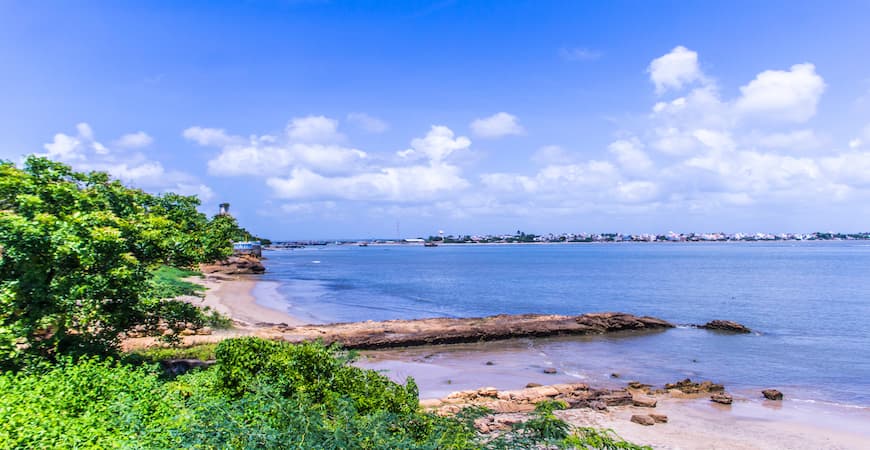
Diu Island
7 hrsVisit the pristine island of Diu to experience its ultimate natural beauty. It is without a doubt one of the most beautiful beach destinations in the country.
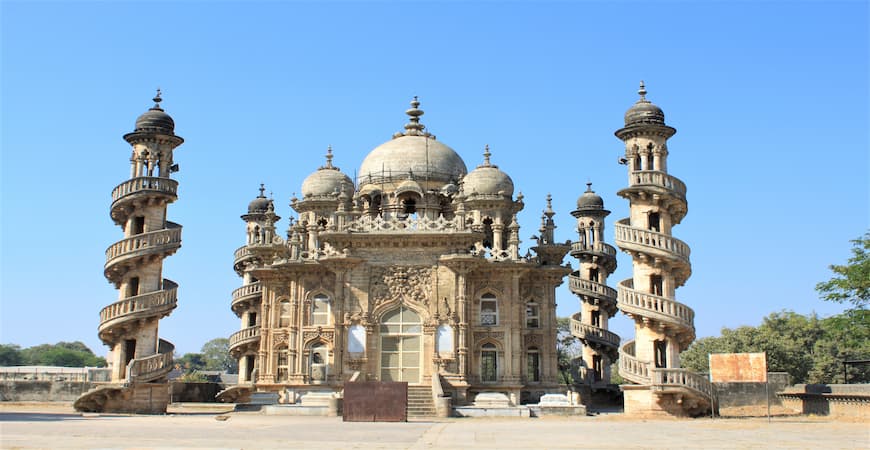
Mahabat Maqbara Complex
3 hrMahabat Maqbara and Bahauddin Maqbra are mausoleums in Junagadh that are known for their amalgamation of Indo-Islamic, Gothic and European styles of architecture.
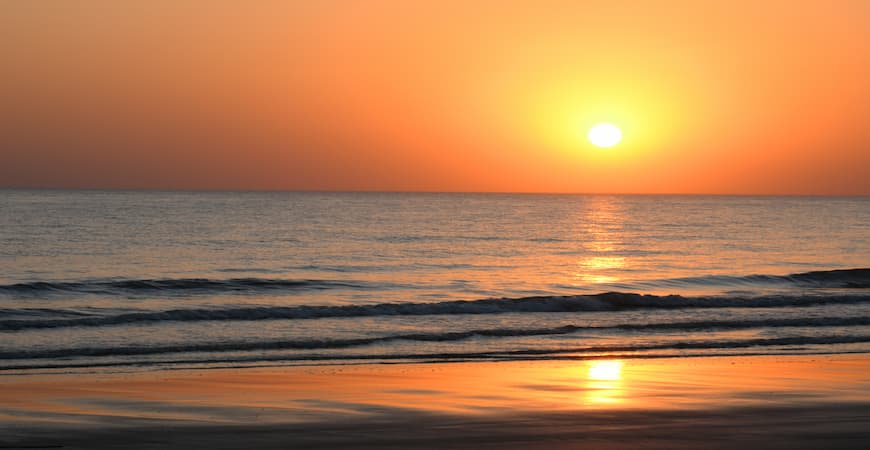
Sarkeshwar Beach
2 hrsBordering Junagadh and the neighbouring city of Amereli, Sarkeshwar Beach is a great place not just for relaxing by the beach but for some fun-filled water sports and activities too.
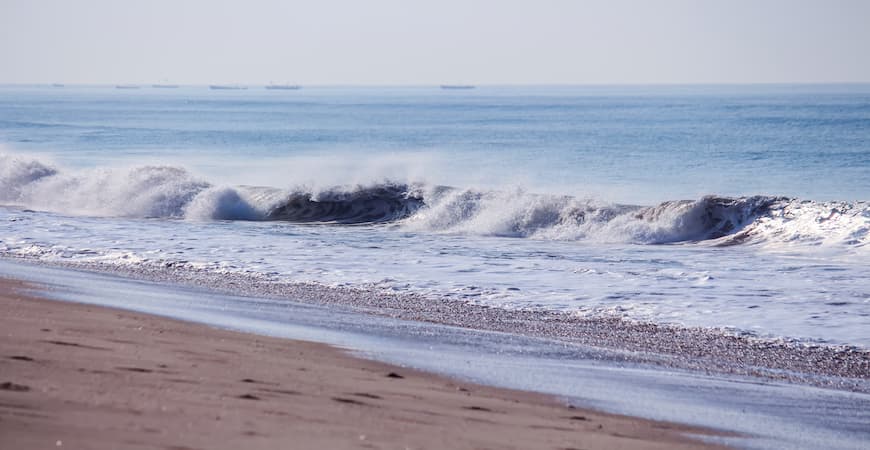
Madhavpur Beach
2 hrA sandy coastline, endowed with coconut trees, Madhavpur Beach is one of the most treasured beaches of Gujarat. The long shoreline and minimal commercial activity make this a must-visit beach in Gujarat.
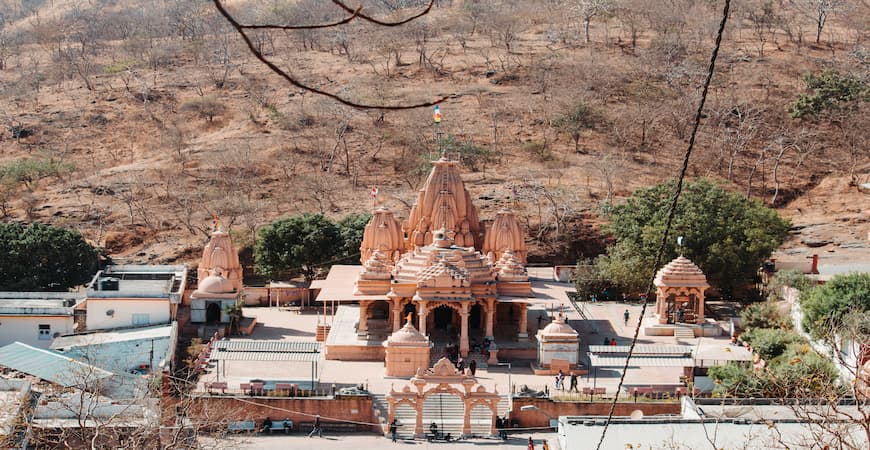
Tulsi Shyam Temple and Springs
3 hrKnown particularly for its great scenic beauty, Tulsi Shyam Temple is a tourist center that is dedicated to Lord Vishnu. The temple has beautiful hot water springs which are referred to as ‘Taptodak’ in the Puranas.

